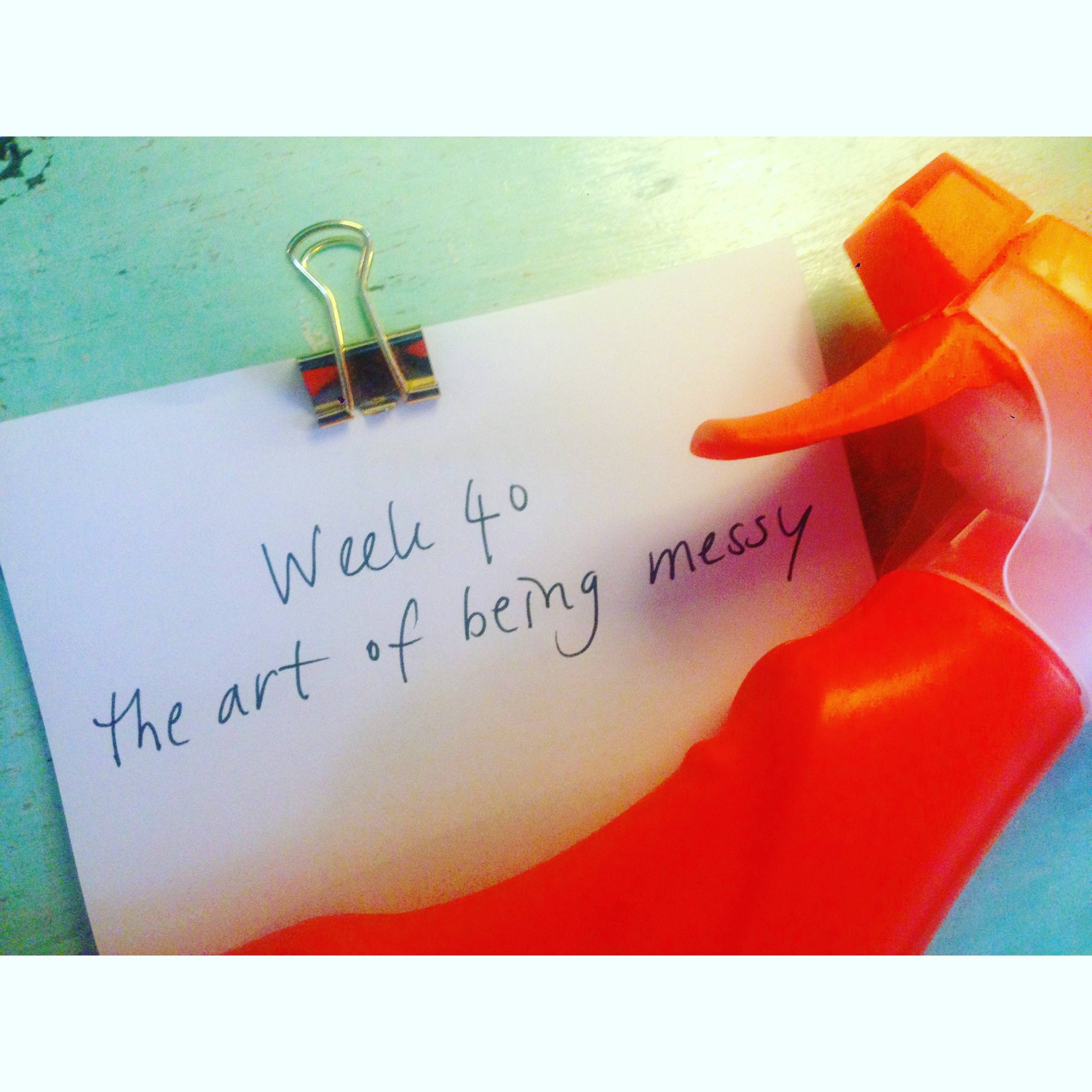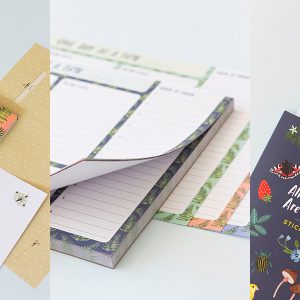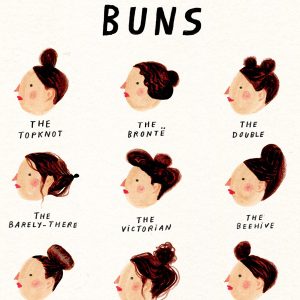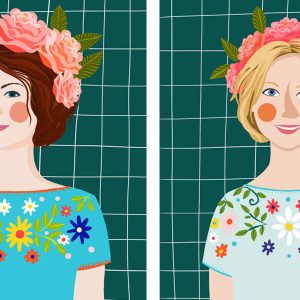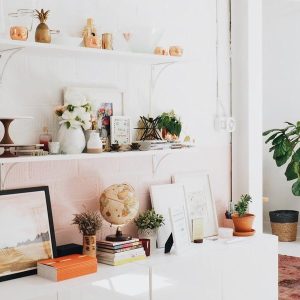The art of being messy
Decluttering is just like being a vegetarian, the Brexit campaign or deciding whether or not to have botox. You have those who are for it and those who are against. You have those who swing from side A to side B, and everyone always has a great deal to say about the matter.
The latter is certainly true when it comes to me and my decluttering. Everyone around me has an opinion on it. Girlfriend A, for example, says, “Well Astrid, for someone who writes about decluttering, you certainly do have a load of stuff.” Irene, who pops over to give me something, says, “Let’s see how your house looks now that you’ve been decluttering,” and then casts a somewhat cynical eye at my crowded bookshelves. Or the man of the house who, upon seeing a bag from the nice-things-shop, mumbles, “Errrr, are you still…”
Flow journalist Jocelyn is one of those who think decluttering is a hype that’s had its day. It’s something for cheerless, unsocial people. When I wrote about the anti-decluttering journalist Dominique Browning last week, she said, quite smugly, “I can feel it; you’re back with us again, and done with all that weird stuff.”
Someone who also thinks along the same lines is the American bestselling author Jennifer McCartney. She wrote The Joy of Leaving Your Sh * t All Over the Place: The Art of Being Messy, a book that’s become a small summer hit in the bookstores of America. “A book to read while on vacation,” someone said on a review site. To me, that translates as: it’s not literature but it’s a funny read. Anyway, Jennifer writes: “You’re born messy and you die messy, but someplace in between you get bullied into believing that you should be neat and organized.” But why? And by whom? Her book is a kind of humorous manifesto against the decluttering mania that is conquering the Western world. And in particular, the books that claim cleaning up is like therapy; a solution to real-life problems.
Interestingly, she claims that people with messy houses are interesting people. She once visited a friend’s sparse, tidy apartment: “It was all white, with no knick-knacks, and I wondered, ‘Where’s the personality?’” Jennifer’s book focuses a great deal on creativity, and the link between creativity and chaos. She claims that the messier your desk/office is, the more creative your mind. And she even supports this with research results. But, for me, the best thing I found was all the pictures that had been put up on a blog about it, like this one here:
Or this one:
It may not have been her intention, but funnily enough, these pictures gave me a real wake-up call. I had bookshelves like these when I was a student. A time when I spent days on end wearing skimpy clothing (something that was still possible in those days). A time when, every week, I would undoubtedly be searching for my travel card. A time when the kitchen floor was all sticky and it never occurred to me to make use of a duster. A time when I would leave the dirty dishes on the counter until they would stink the place out. That’s all well and good, but… been there, done that. And, in any case, I know it hasn’t really got anything to do with living a creative life. It’s more like living a sleep-late-vomit-at-parties-and-be-in-the-red kind of life. And a persistent not-getting-things-done kind of life.
So thanks, Camp B (aka Jennifer). Camp A knows just what she is doing this for ;-).
Astrid, together with Irene, is the founder of Flow Magazine. She lives with her partner and two children. Each Tuesday, she writes about the sense—and nonsense—of decluttering.


